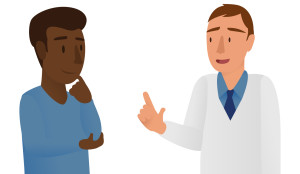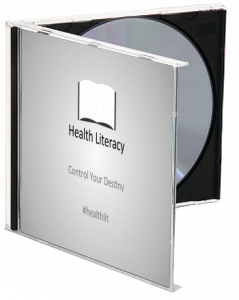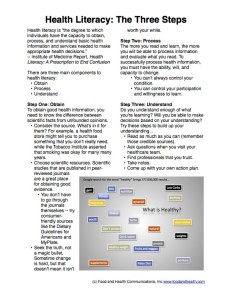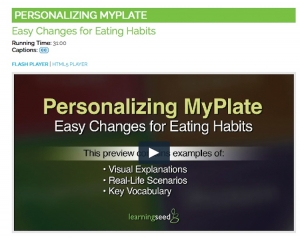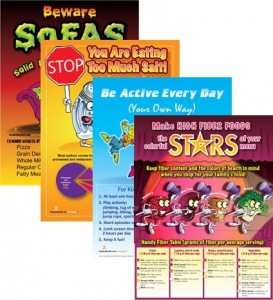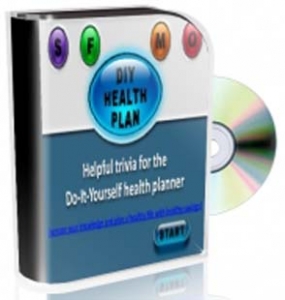With all the health and nutrition mis-information out there, health literacy is an important topic to cover with your clients, students, and employees.
But where to start? Because once you begin looking at health literacy, you see that it’s more than fighting fake health news.
Like an onion, health literacy has many layers. Let’s peel them back!
Mis-information:
From fad diets to cancer cures, dietitians and other health professionals deal with mis-information constantly. Wouldn’t it be nice if you could teach everyone how to spot quackery and where to find credible information? Our Health Literacy PowerPoint show helps you do just that! It’s appropriate for virtually all audiences, from teens to older adults.
Health decisions:
Health literacy also includes being able to use information to make health-related decisions. That’s why the U.S. Department of Health and Human Services created a National Action Plan to Improve Health Literacy. It focuses on two core principles:
- Personal health literacy: All people have the right to health information that helps them make informed decisions
- Organizational health literacy: Health services should be delivered in ways that are easy to understand and that improve health, longevity, and quality of life
Health equity:
Healthy People 2030 focuses on health literacy through the initiative’s goal to eliminate health disparities, achieve health equity, and attain health literacy to improve the health and well-being of all.
According to the Health Resources & Services Administration, low health literacy is more prevalent among:
- Older adults
- Minority populations
- Individuals with low-incomes
- Medically under-served people
Health economics:
Low health literacy leads to higher medical costs. According to the CDC, improving health literacy could prevent nearly one million hospital visits and save more than $25 billion a year.
Literacy vs. health literacy:
In addition to being aware of health literacy, you need consider that as many as half of U.S. adults have limited literacy skills (source). Reaching both populations means keeping health messages basic and free of medical jargon. Two resources for this are:
Health literacy and mis-information came to the forefront during the coronavirus pandemic. This resulted in another good resource: Confronting Health Misinformation: The U.S. Surgeon General’s Advisory on Building a Healthy Information Environment. Take a look at the chapters on what educators and health professionals can do.
Hollis Bass, MEd, RD, LD



